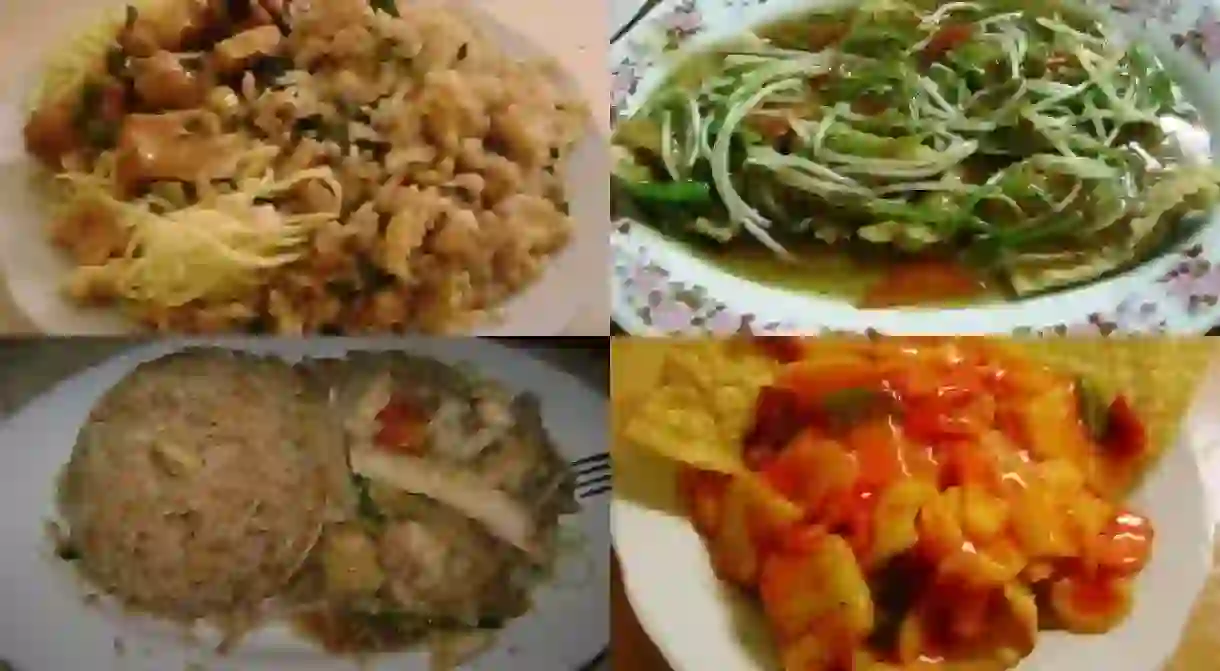A Historical Guide To The Peruvian Cuisine, Chifa

Within the history of a nation’s cuisine one can trace the history of its culture and its people. This is very true of Peruvian food, which reveals the diversity of its cultural traditions and the various waves of immigration which have brought people to this South American country; including, perhaps surprisingly, the Chinese. Read on to discover more.

Since 2008 Lima, Peru has celebrated its cultural heritage through the culinary exploration of the Mistura Festival, which runs in late September every year. The name of the festival, ‘Mistura’ is roughly equivalent to the English term ‘mixtures’ and the festival reflects the diversity of Peruvian cuisine. Fittingly, it seems, because Peruvian society is a mixture of peoples, from Amerindians and mestizos to African, Chinese, and Japanese immigrants. It is therefore possible to trace the history and development of Peru’s cuisine through the history of these successive waves of immigration and the culinary mixtures they produced. In Peru, an example of such a mixture is called chifa, a fusion of Creole Peruvian food and Chinese cuisine. In Lima, thousands of chifa restaurants are said to exist with many of them located in Lima’s ‘barrio chino.’
The first documented Chinese immigrants arrived in Peru in 1849, brought over to labor in coastal sugar plantations and mines, to construct rail roads, and to extract guano for fuel. The laborers, largely impoverished, illiterate, and exploited, were from China’s southern port cities and came with few material possessions. They did, however, bring with them foods and memories of recipes from their homeland. Chifa thus emerged as a cross-pollination of cultures that reflects the waves of immigration to Peru in the mid-19th century and shows how people adapt to new environments. The ‘Loom Saltado’ dish, for instance, includes the southern Chinese staple food of rice with strips of beef marinated in vinegar, soy sauce, and spices, then stir-fried with onions, parsley, and tomatoes. The dish is then topped off with Andean potato wedges in an early forebear of the fusion craze. ‘Arroz Chaufa’ is another common Chifa dish that bears close resemblance to various forms of Chinese fried rice.
Just as the Chinese integrated and intermarried with Peruvians, both Amerindian and mestizos, foods from Macau, Guangdong, Fuzhou, Sichuan, among others, were adapted to and merged with Peruvian cuisine. This fusion of cultures and cuisines is still evident in Peru today, and represents a fascinating example of cultural dialogue and integration.













